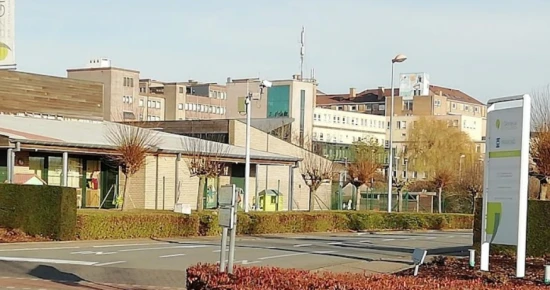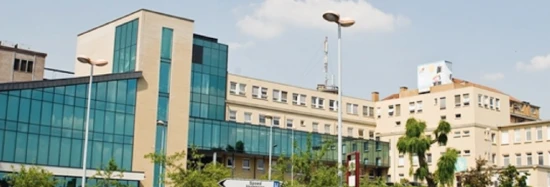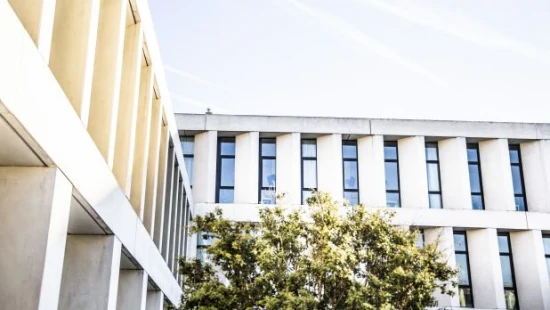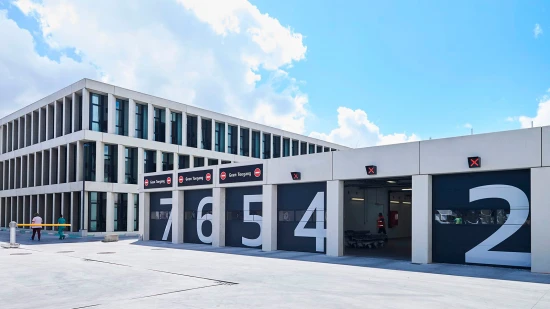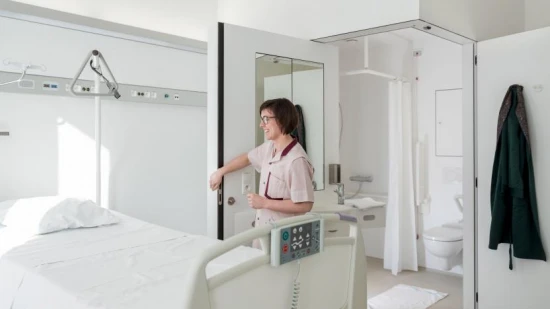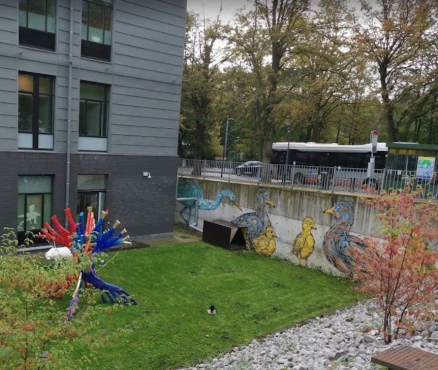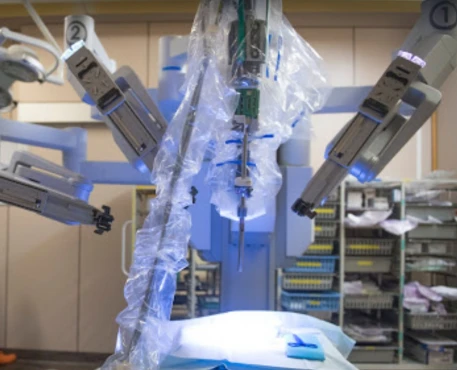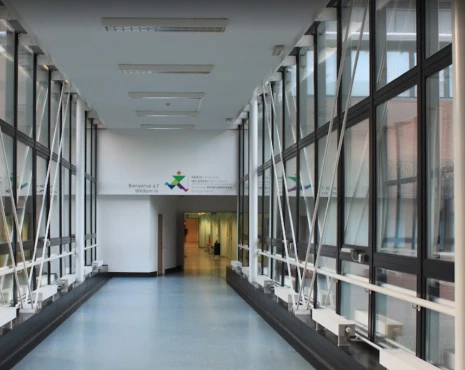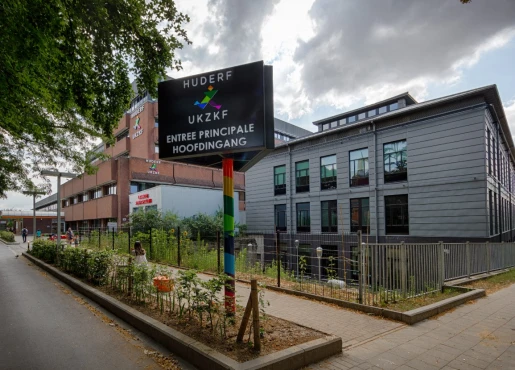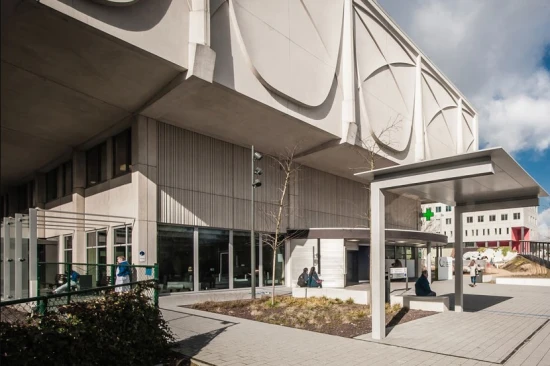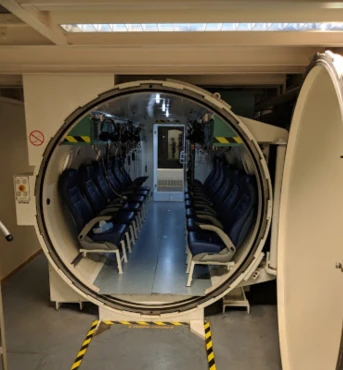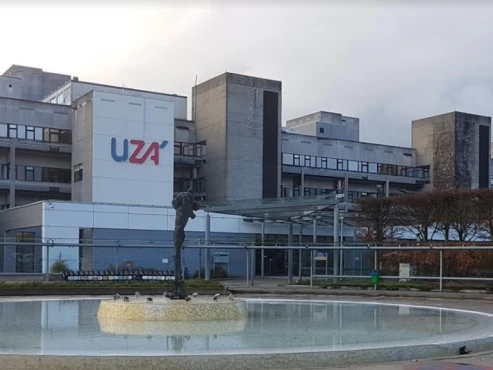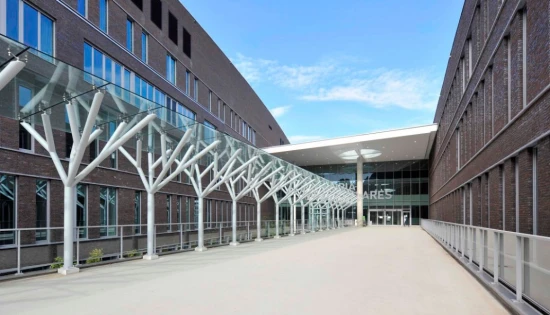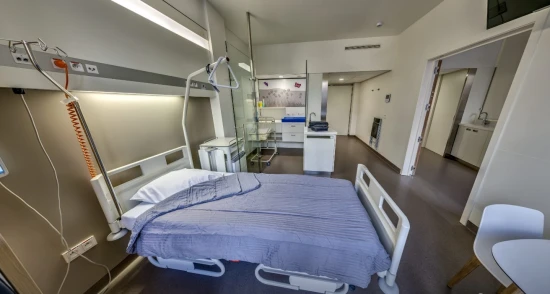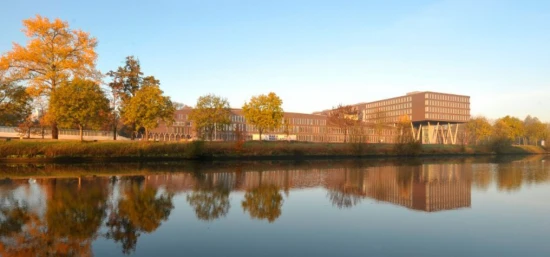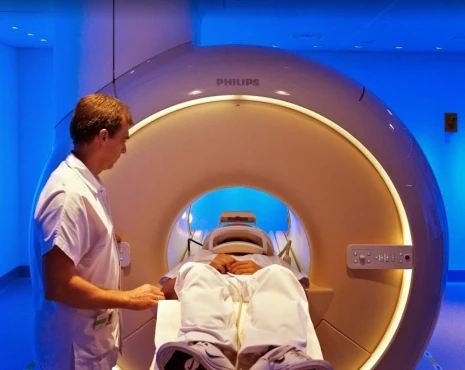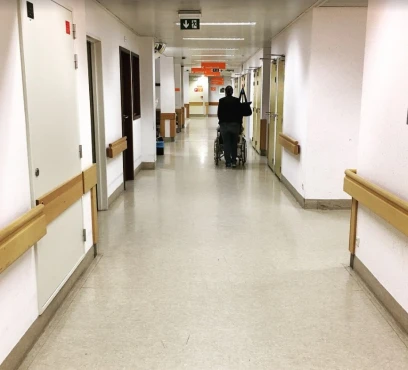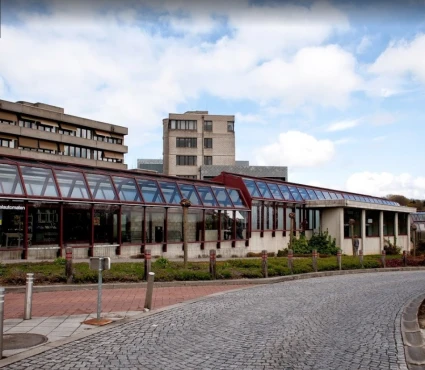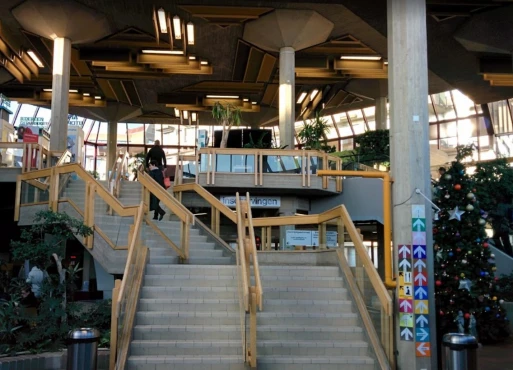Ventricular tachycardia (VT) treatment in 7 Cardiac surgery clinics in Belgium
7 clinics specializing in Cardiac surgery providing treatment of
Ventricular tachycardia (VT)
Ventricular tachycardia (VT) is a rapid heart rhythm originating from the heart's ventricles. It can lead to palpitations, dizziness, and fainting. Treatment options include medication, cardioversion, or catheter ablation to restore normal heart rhythm and prevent complications.
Read more...
disease in Belgium.
Sorted by:
Relevance
Rating
Relevance
Prices for popular procedures:
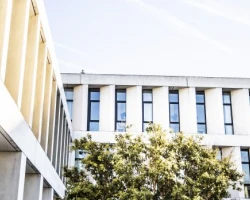
Kortrijk, Belgium
Specializations: Cardiac surgery, Vascular surgery, Thoracic surgery, Neurosurgery, Spine surgery, Orthopedic surgery, Oncology
We invest not only in a modern infrastructure, but also in top technological care at the service of the patient.We continuously strive for improvements in
read more
Prices for popular procedures:
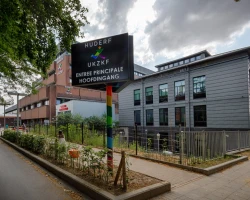
Brussels, Belgium
Specializations: Cardiac surgery, Vascular surgery, Thoracic surgery, Spine surgery, Orthopedic surgery, Oncology
Languages: French
Queen Fabiola Children's University Hospital is the only Belgian university hospital entirely reserved for children's medicine : all is conceived for them and for their
read more
Prices for popular procedures:
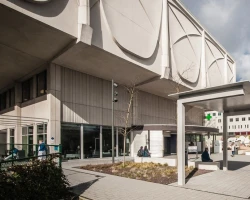
Brussels, Belgium
Specializations: Cardiac surgery, Vascular surgery, Thoracic surgery, Neurosurgery, Spine surgery, Orthopedic surgery, Oncology
Languages: Dutch, English, French
At Universitair Ziekenhuis Brussel, the patient is always our highest priority: we respect each patient as a person, without distinguishing by origin, language, social status
read more
Prices for popular procedures:
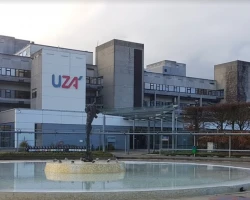
Edegem, Belgium
Specializations: Cardiac surgery, Vascular surgery, Thoracic surgery, Neurosurgery, Spine surgery, Orthopedic surgery, Oncology
The Antwerp University Hospital (UZA) is an academic centre renowned for leading clinical and customer-friendly patient care, high-quality academic education and ground-breaking scientific research with
read more
Prices for popular procedures:
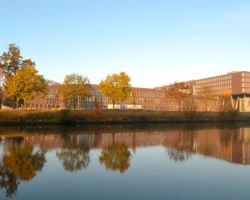
Gent, Belgium
Specializations: Cardiac surgery, Vascular surgery, Thoracic surgery, Neurosurgery, Spine surgery, Orthopedic surgery, Oncology
The non-profit organization AZ Maria Middelares is an innovative hospital in the green outskirts of Ghent. In our continuous pursuit of quality-assured expert care, friendliness
read more
Prices for popular procedures:
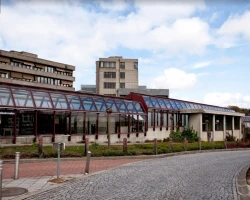
Leuven, Belgium
Specializations: Cardiac surgery, Vascular surgery, Thoracic surgery, Neurosurgery, Spine surgery, Orthopedic surgery, Oncology
UZ Leuven is a university hospital where patients can count on specialized care and innovative treatments, combined with human attention and respect for every person.
read more
Clinics grouping by rating
Clinic with the highest rating of 4.1 — AZ Groeninge in Kortrijk, Belgium, clinic with the most reviews number of 661 — UZ Brussel in Brussels, Belgium.
With rating 4.0 and over — 1 clinic .
Countries with the highest number of clinics treating the diseases:
Ventricular tachycardia (VT):
worldwide
643 clinics
India
40 clinics
Brazil
37 clinics
Germany
35 clinics
Colombia
27 clinics
Mexico
26 clinics
Related procedures:
Procedures are likely to be used for Ventricular tachycardia (VT) treatment:
Cardiac resynchronization therapy with defibrillator (CRT-D),
Catheter cardiac ablation,
Catheter cryoablation,
Change of defibrillator,
and
Electrophysiology study (EPS)
.
